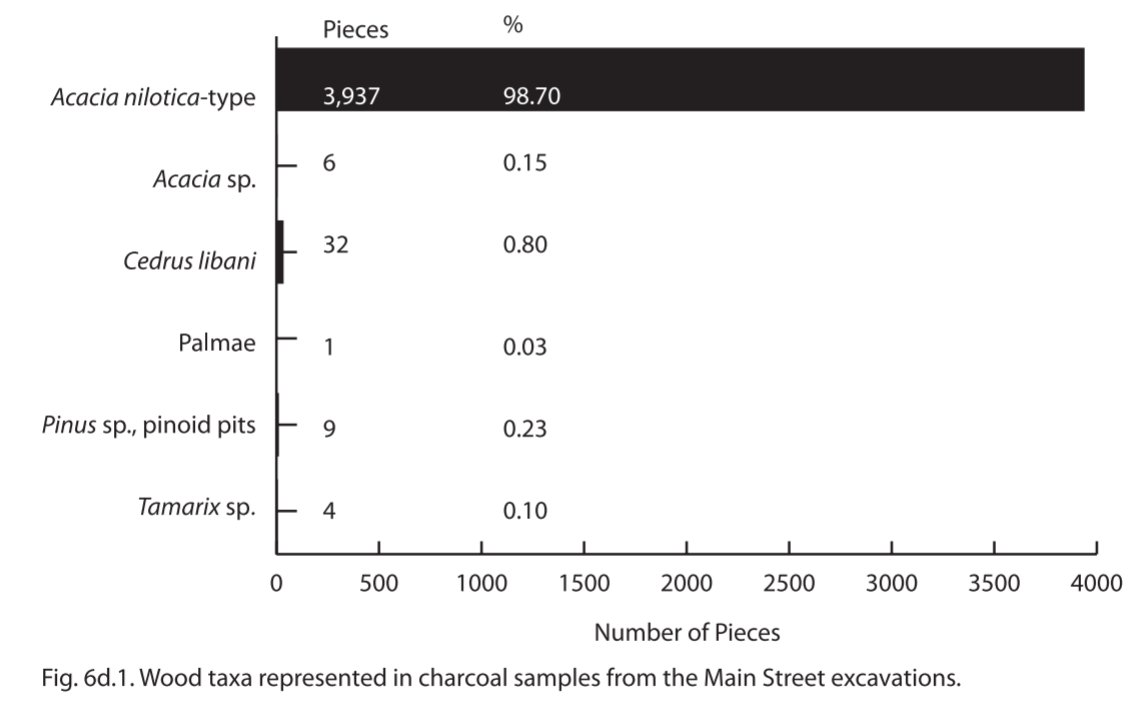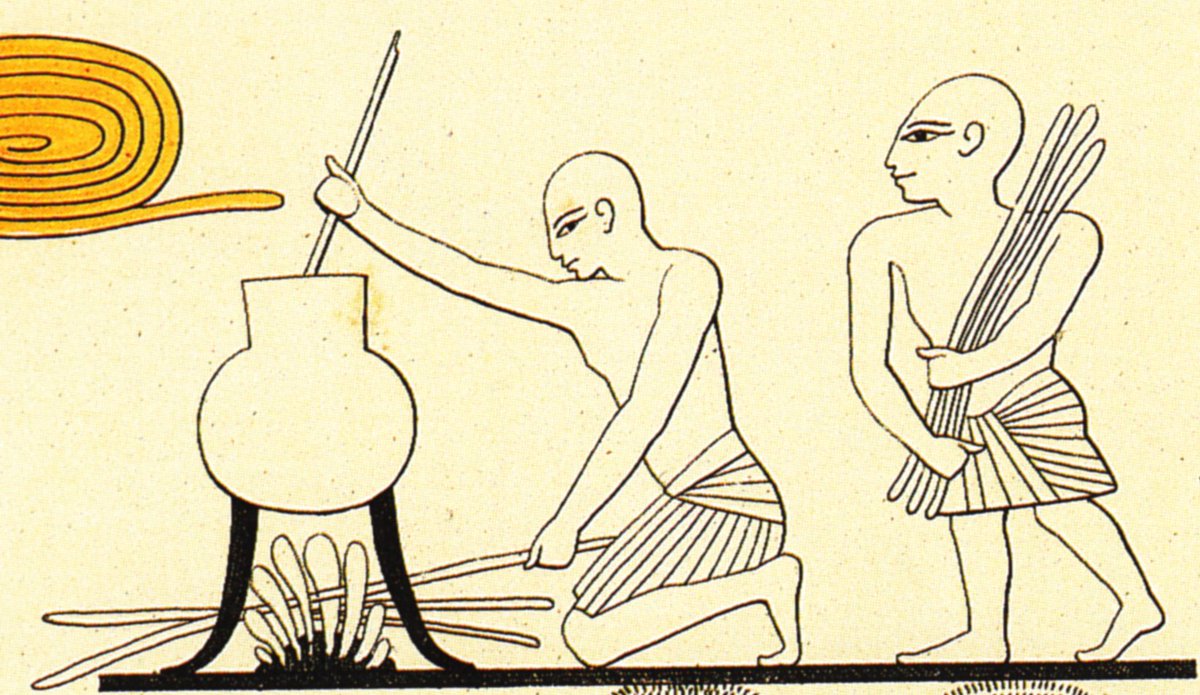@SeamusBlackley asked me about what sorts of fuels the #ancientegyptians were using for baking and this thread is what I came up with.
Short answer: Acacia nilotica in the Old Kingdom. https://twitter.com/SeamusBlackley/status/1246598245024813058">https://twitter.com/SeamusBla...
Short answer: Acacia nilotica in the Old Kingdom. https://twitter.com/SeamusBlackley/status/1246598245024813058">https://twitter.com/SeamusBla...
In the Old Kingdom, wood charcoal analysis by Rainer Gerisch determined that Acacia nilotica (Nile acacia) was the most commonly used. This analysis was from the Giza, excavated by @AERA_EGYPT
The ancient Egyptians called acacia SnDt in the texts.
This is what a Acacia nilotica tree looks like.
It is a typical shade tree that prefers alluvial soils
and a regular water supply.
https://www.cabi.org/isc/datasheet/2342">https://www.cabi.org/isc/datas...
This is what a Acacia nilotica tree looks like.
It is a typical shade tree that prefers alluvial soils
and a regular water supply.
https://www.cabi.org/isc/datasheet/2342">https://www.cabi.org/isc/datas...
Most surprising was Rainer& #39;s discovery of olive wood charcoal, which was probably imported as olive oil or coming in as wood and the leftovers were being burnt as fuel. http://www.aeraweb.org/wp-content/uploads/2015/01/aeragram9_2.pdf">https://www.aeraweb.org/wp-conten...
If anyone is interested, archaeological analysis of wood charcoal is called #anthracology. It involves the identification and examination of carbonised wood remains relying on the observation of the anatomical structure of wood. It is a super helpful method!
Animal dung was also a popular fuel (amply available with a never-ending supply) but was probably less likely used for heat-intensive activities like baking but was known to be used.
Case Study from late New Kingdom/Ramesside period found 9 different tree species, including Acacia nilotica and Tamarix sp., in the kitchen and bakeries at the Ramesseum (Mortuary Temple of Ramses III).
Here is a New Kingdom tomb of Nakht (Theban Tomb 52) showing tree felling (from F. Deglin 2011. Wood exploitation in ancient Egypt: where, who and how?)
Further about ancient Egyptian fuel economy reading check out @jubudka& #39;s research and #experiementalarchaeology here:
https://exarc.net/issue-2019-1/ea/question-fuel-cooking-ancient-egypt-and-sudan">https://exarc.net/issue-201...
https://exarc.net/issue-2019-1/ea/question-fuel-cooking-ancient-egypt-and-sudan">https://exarc.net/issue-201...

 Read on Twitter
Read on Twitter






